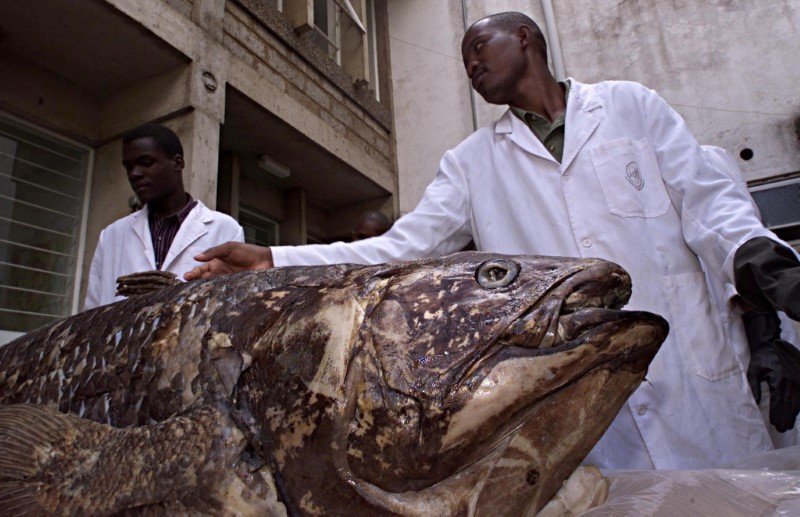In 1933, archaeologist José García Payón unearthed a small terracotta statue head from an archeology site in Calixtlahuaca, Mexico, and the groundbreaking discovery suggested ancient European civilizations might have reached the Americas centuries before Columbus.
The artifact’s appearance was intriguing, to say the least; its face was bearded, with distinctly foreign characteristics and wearing a shortened cap.
The terracotta head was found under three intact floors of a pre-Columbian pyramid structure. Along with the head were several objects made of gold, copper, turquoise, rock crystal, jet, bone, shell, and pottery. The burial site where the discovery was made was dated between 1476 and 1510 AD.
In 1960, García Payón granted the statue to the National Autonomous University of Mexico to undergo further research. Specialists Romeo H. Hristov and Santiago Genovés studied the ancient statue and even sent it to Bernard Andreae, a German Institute of Archaeology director emeritus in Rome, Italy, who confirmed the small head was a Roman work from the 2nd or 3rd centuries AD.
Andreae concluded: (QUOTE) “[The head] is without any doubt Roman, and the lab analysis has confirmed that it is ancient. The stylistic examination tells us more precisely that it is a Roman work from around the 2nd century AD, and the hairstyle and the shape of the beard present the typical traits of the Severian emperors’ period.”
How exactly could an ancient roman figurine end up in a sealed pre-Columbian burial site is still up for debate. Most world-renowned archaeologists and experts agree that the discovery is probably an elaborate hoax, and that perhaps the head was placed in the ruins during the Spanish occupation of Mexico.
Those supporting the hoax hypothesis cite the lack of archaeological rigor while documenting the discovery and the 30-year lapse between the discovery and the initial research.
However, a minority of experts, including Romeo H. Hristov, argue that the most likely explanation is the drifting of a Roman, Phoenician, or Berber ship to American shores.
Hristov claims that the likelihood of such an event is not far-fetched and is supported by the extensive evidence of Roman travels in the 6th or 5th centuries BC to Tenerife and Lanzarote in the Canaries. Thus, a lost Roman ship drifting into Mexico is entirely plausible.
Another possibility is human error, as archeological standards in 1930s Mexico were considerably less rigorous than they are today.
Still, there is no way to definitively disprove that ancient Romans arrived in Mexico many centuries before Christopher Columbus took the credit for discovering America...









